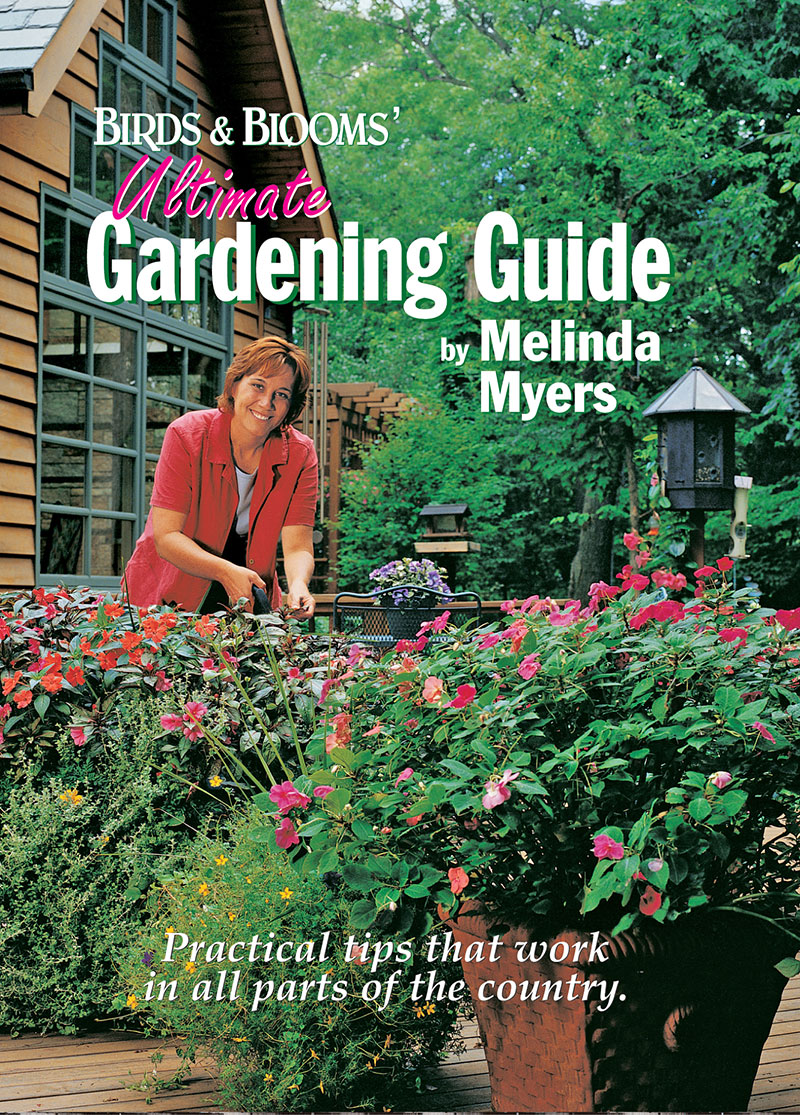Forsythia, the Harbinger of Spring
Welcome spring with the bright yellow blossoms of forsythia.
Plant forsythias in full sun for the best flowering; although they will tolerate partial shade. They adapt to a wide range of soil conditions, including clay, but prefer well-drained soil.
The showy flowers have a slight fragrance and the deer tend to leave these plants be. Forsythias are basically pest free and tolerate the toxic juglone contained in black walnut tree roots, leaves and nuts.
Northern gardeners should select varieties that are flower bud hardy. Both the plant and flower buds will survive cold winter temperatures. So you’ll be enjoying flowers from the tip of the stem to ground level.
Minimize maintenance by selecting varieties that will fit in the available space. You will find compact varieties for smaller locations and larger ones that make great screens, tall hedges or backdrops for other plantings.
A bit more information: Properly timed pruning is also critical to ensure spring bloom. Forsythias set their flower buds the previous summer. So prune the plants right after flowering if you need to reduce their size or encourage new growth. Pruning at other times eliminates the flower buds and the spring bloom.
Related
Categories
Upcoming Live Events
& Webinars
April 27, 2024
Ridges & Rivers Book Festival
Viroqua, WI
Register now
April 28, 2024
Flowering Trees and Shrubs
Ebert's Greenhouse Village, Ixonia, WI
May 1, 2024
FREE WEBINAR
Ornamental Fruits and Vegetables
Register now
May 4, 2024
Garden U 2024
New Richmond, WI
Register now
May 9, 2024
FREE WEBINAR
How to Plant Your Rain Garden
Register now
May 11, 2024
Ask The Plant Doctor Q & A
Ebert's Greenhouse Village, Ixonia, WI
May 12, 2024
Ask The Plant Doctor Q & A
Ebert's Greenhouse Village, Ixonia, WI
May 18, 2024
Ask The Plant Doctor Q & A
Ebert's Greenhouse Village, Ixonia, WI
June 1, 2024
Selecting, Planting, Pruning and Caring for Hydrangeas
Ebert's Greenhouse Village, Ixonia, WI
June 5, 2024
FREE WEBINAR
Under-Appreciated Pollinators
Register now
WATCH ON-DEMAND WEBINARS
Learn More
















